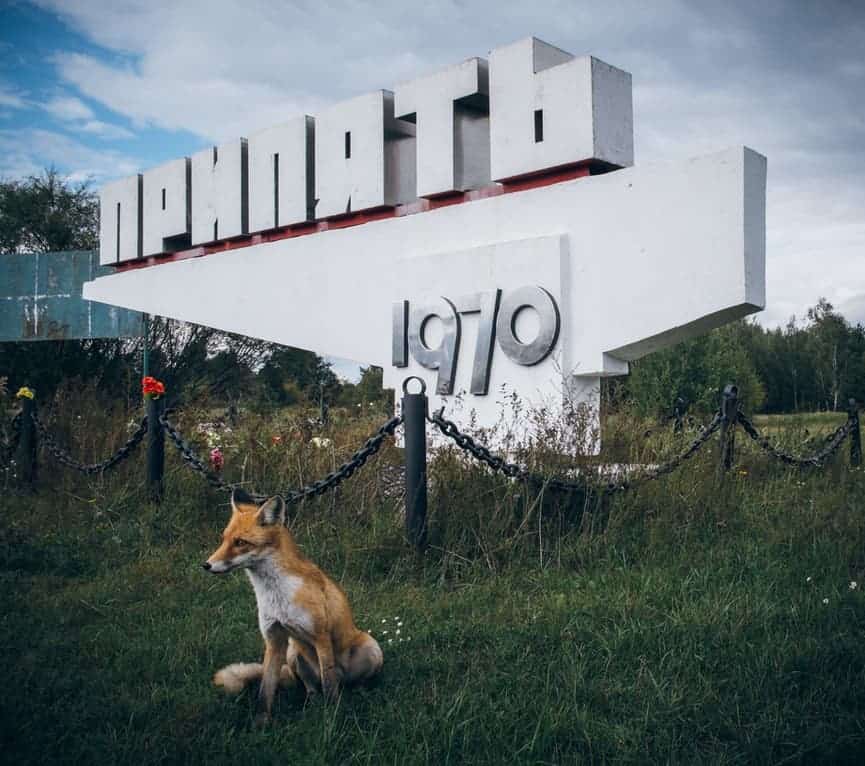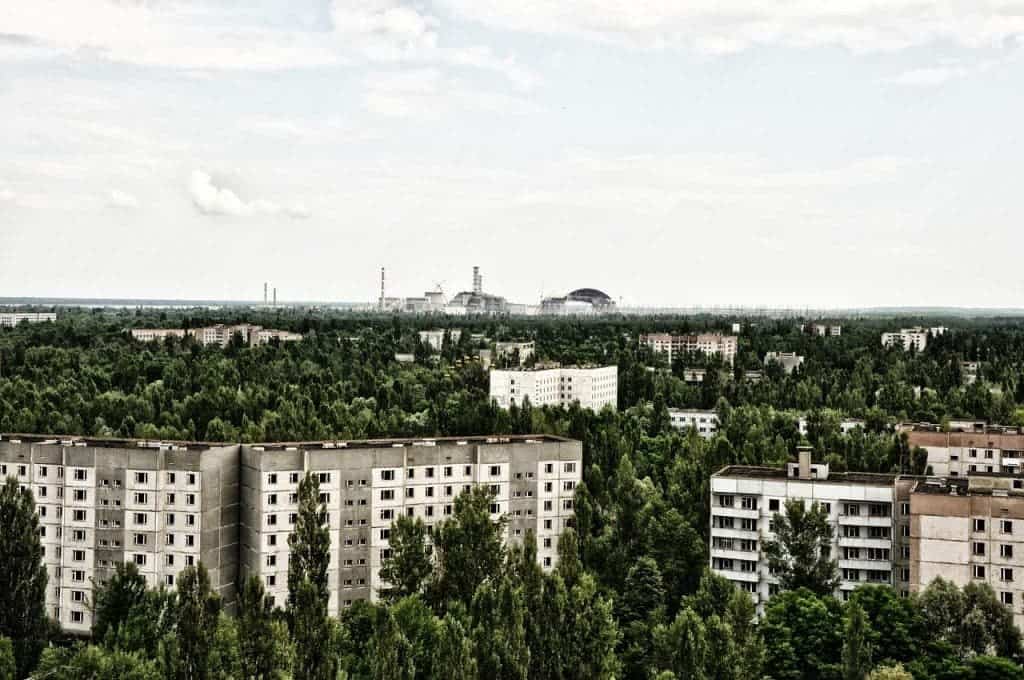
The 26th of April, 1986, marks a dark day in modern history. Reactor 4 at the Chernobyl Nuclear Power Plant in Ukraine (then USSR) exploded, marking what is, to this day, the worst nuclear accident in history.
It was a combination of a flawed reactor design and human error. The accident happened as a test was meant to be carried out. The test was delayed due to a problem with the electrical grid; a new shift came on, and the new shift didn’t know what to do. Lastly, the plant officials decided to violate safety procedures. Together, all these spelled disaster.
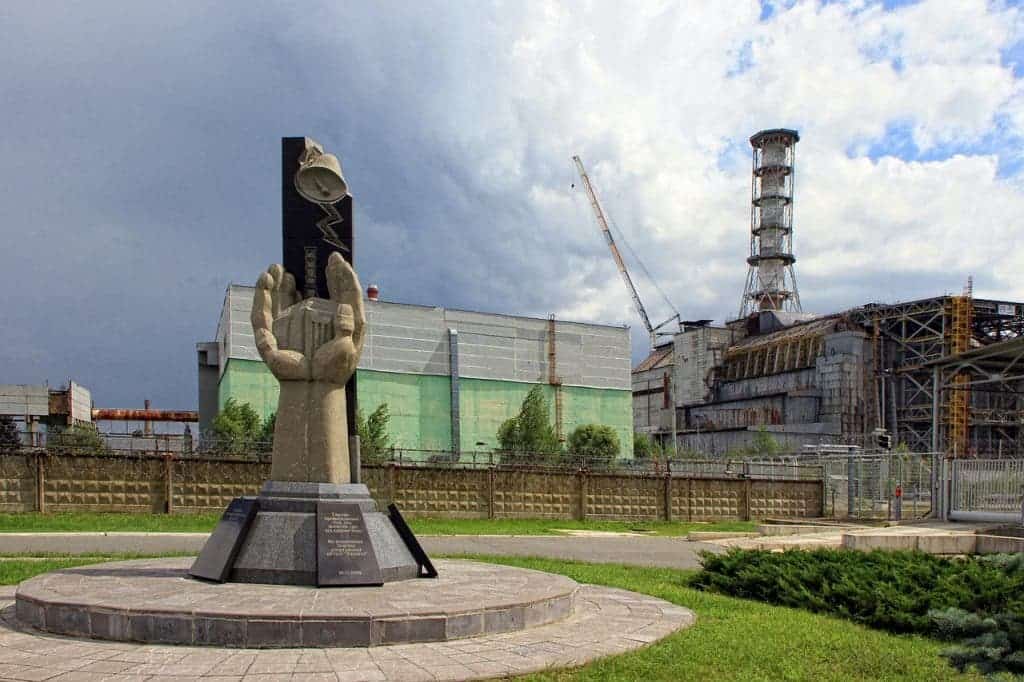
The plant was located near the town of Pripyat, which housed some 50,000 people, mostly plant workers. It was a fairly normal Soviet town, until the day of the disaster. Everyone was forced to relocate, as were 300,000 other people around the plant.
An exclusion zone was drawn around the plant, and Pripyat was abandoned. It’s now a ghost town.
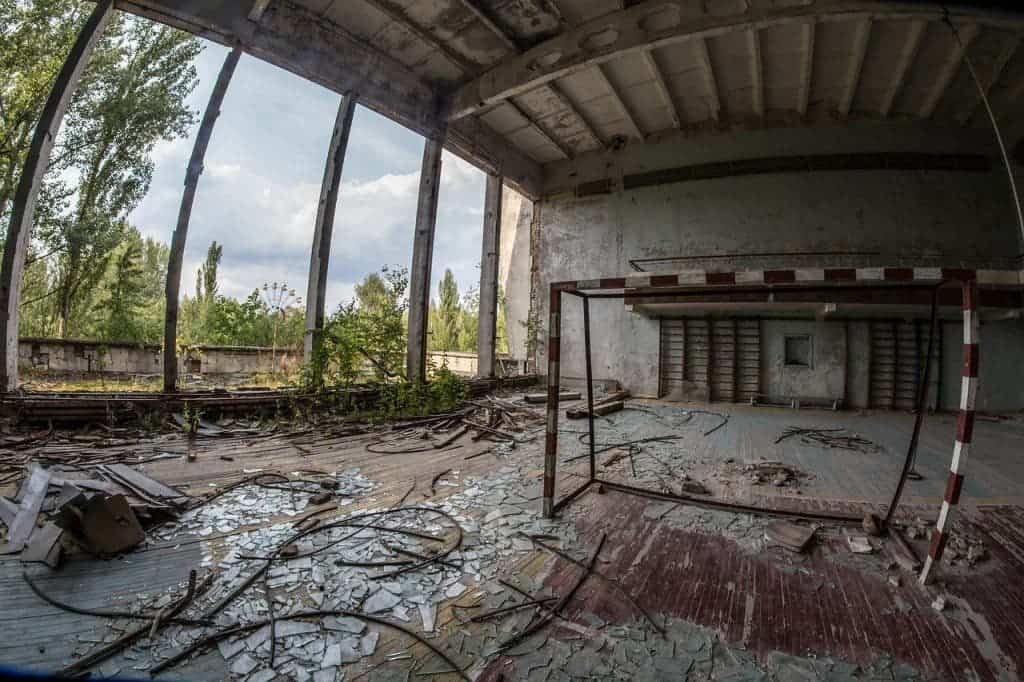
The amusement park in Pripyat is especially striking. It was to have its grand opening on May 1, 1986, less than one week after the day of the explosion. Several rumors state that the park was opened on April 27th just before the announcement to evacuate the city was made.
Some theories state that the amusement park was opened earlier than expected to distract the people from the disaster that was unfolding nearby. Now, the park (and its ferris wheel especially) stand as a symbol of the Chernobyl disaster.
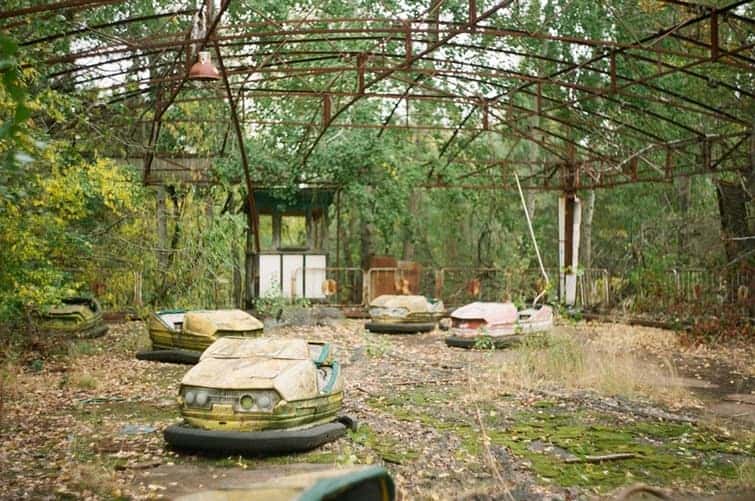
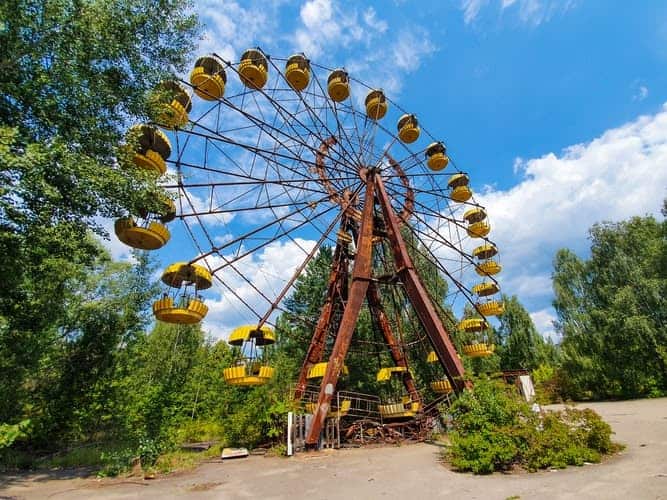
The event ejected 400 times more radioactive material than the atomic bombing of Hiroshima and Nagasaki. The city inhabitants were most affected, with immediate reports of headaches, skin burns, and uncontrollable vomiting. The radiation levels around Pripyat have reduced substantially, but they’re still dangerously high.
When locals eventually evacuated, they were told to take only essentials. As a result, people left behind most of their stuff, and the town remained as if frozen in time — although recently, nature is starting to reclaim the town and its surroundings.
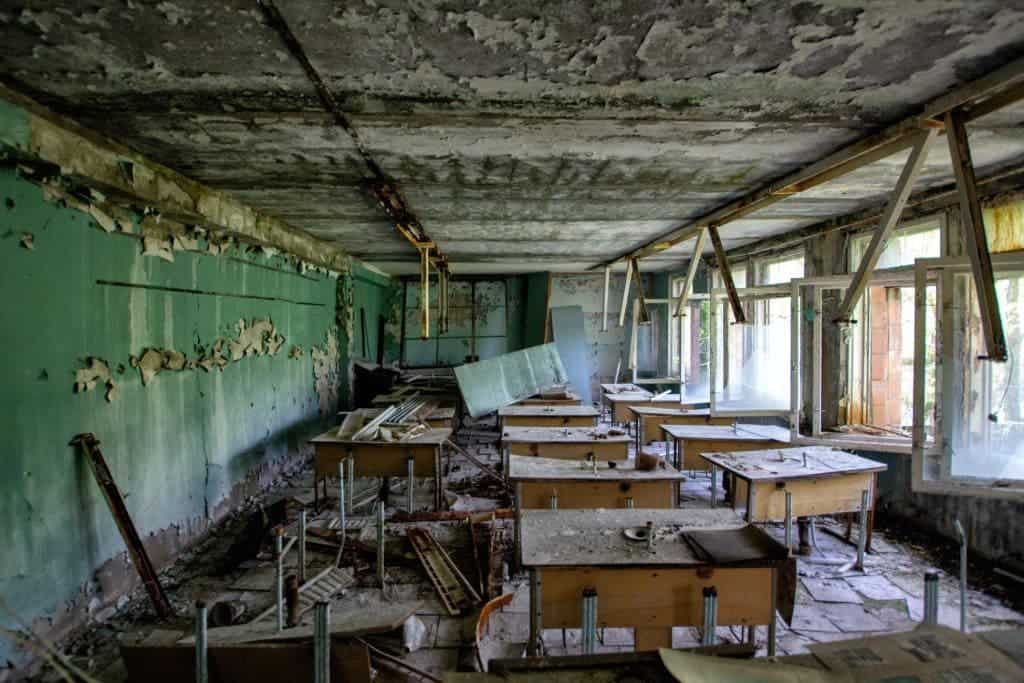

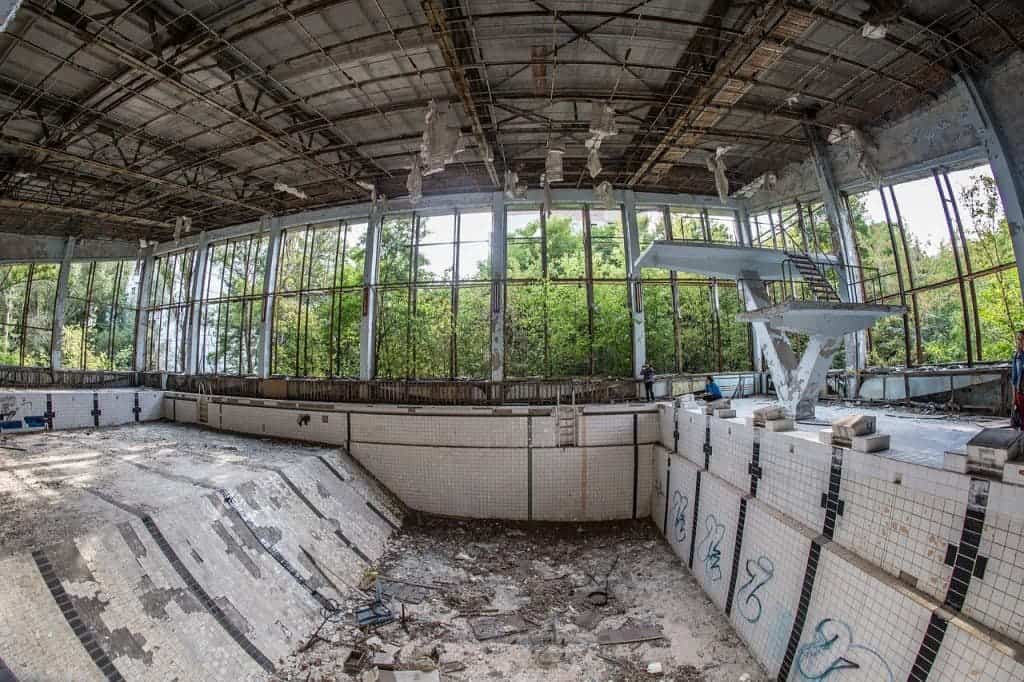
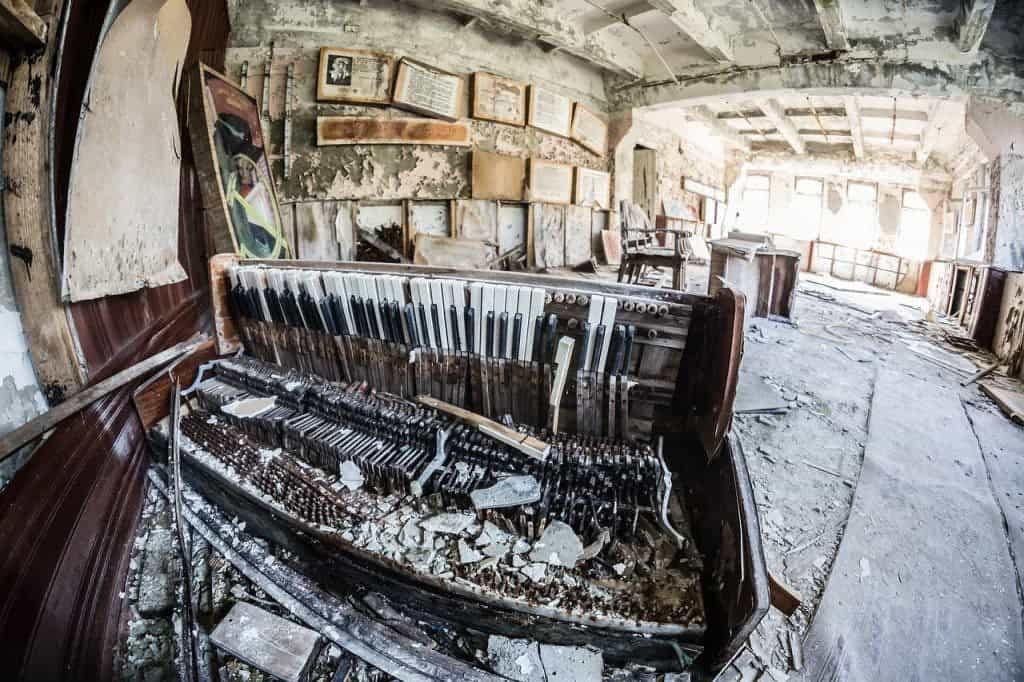
Soviet authorities have covered the plant in a concrete sarcophagus, but because it was leaking, they covered the entire thing in a new sarcophagus.
More recently, a large solar plant was opened near the site, producing a third of the reactor’s former electricity.
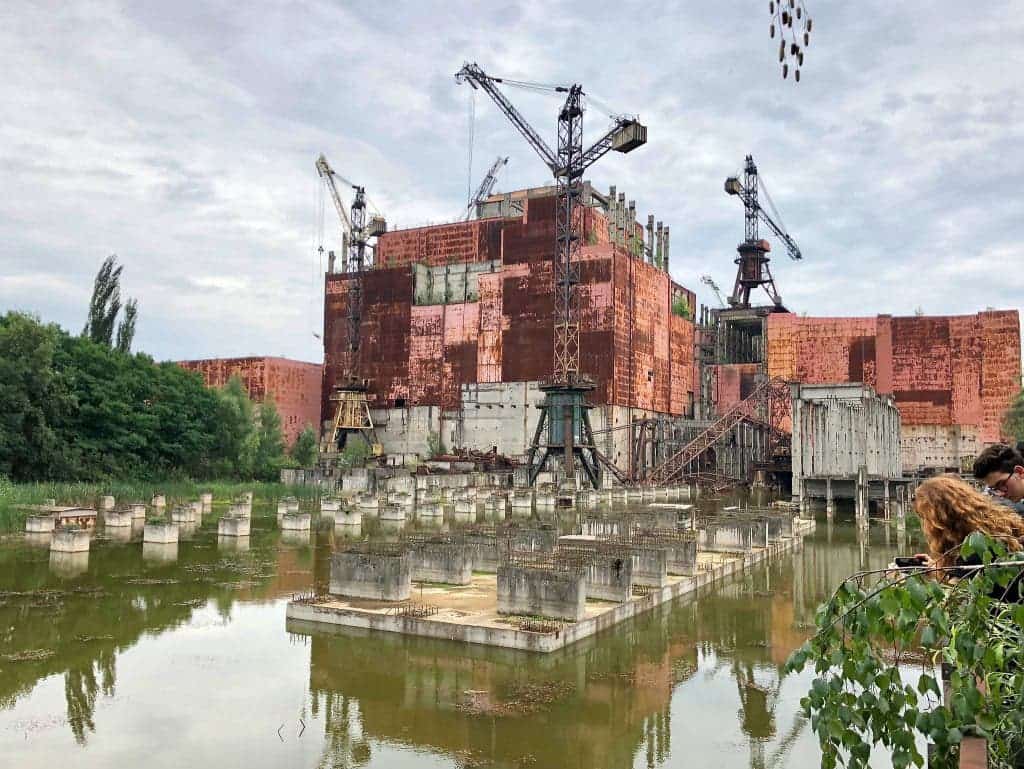

The popular HBO series about the Chernobyl disaster and its aftermath led to a surge in attention and tourists in the town of Pripyat. Tourism was surging in Pripyat before the pandemic.
Some residents also returned to the ghost town, especially elderly residents who continued to live in their homes, making a living from a combination of state benefits and agriculture.

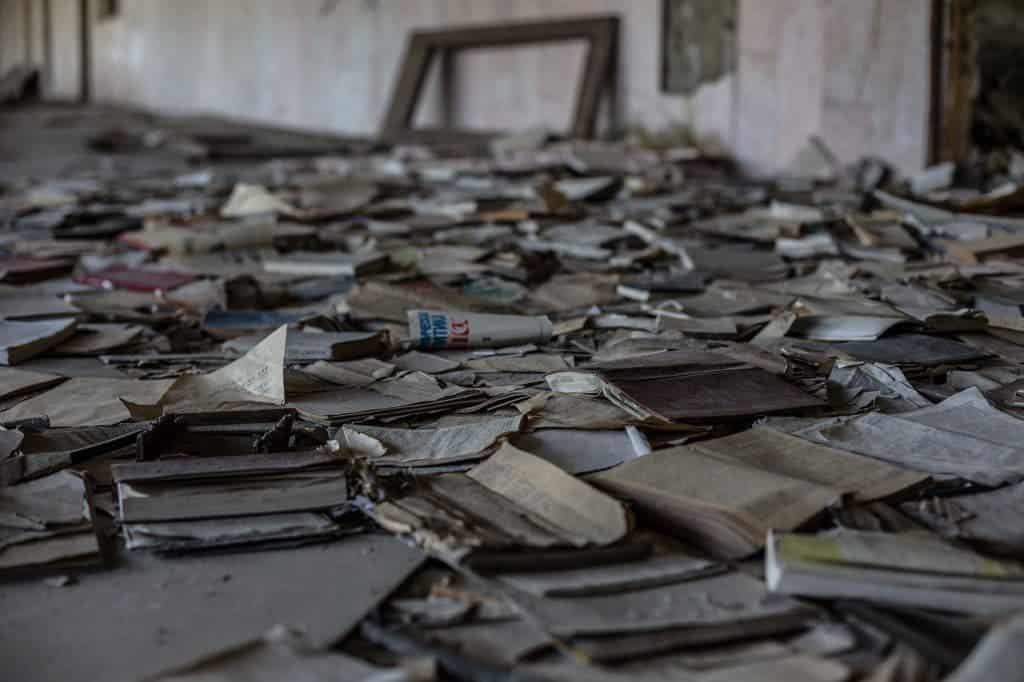
Ukrainian authorities are also looking to obtain World Heritage site status for Chernobyl — an unlikely outcome for what is essentially the tragic site of an abandoned town — but an outcome that could turn it into a valuable site.
“We believe that putting Chernobyl on the UNESCO heritage list is a first and important step towards having this great place as a unique destination of interest for the whole of mankind,” said Oleksandr Tkachenko, the Ukrainian culture minister. “The importance of the Chernobyl zone lays far beyond Ukraine’s borders … It is not only about commemoration, but also history and people’s rights,” he said.
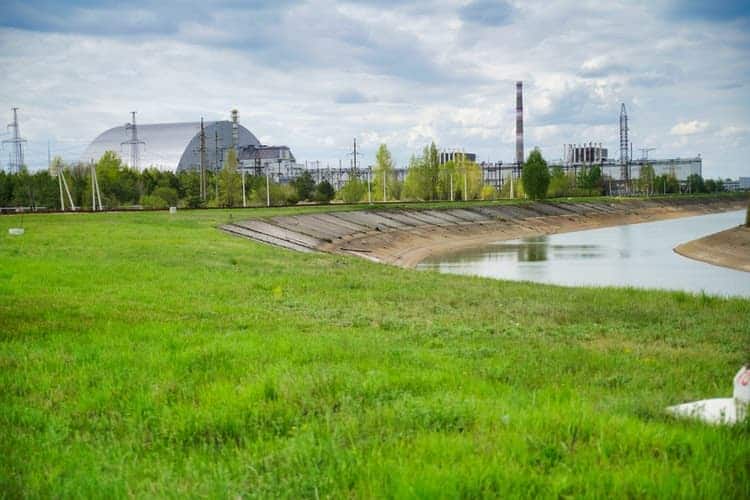
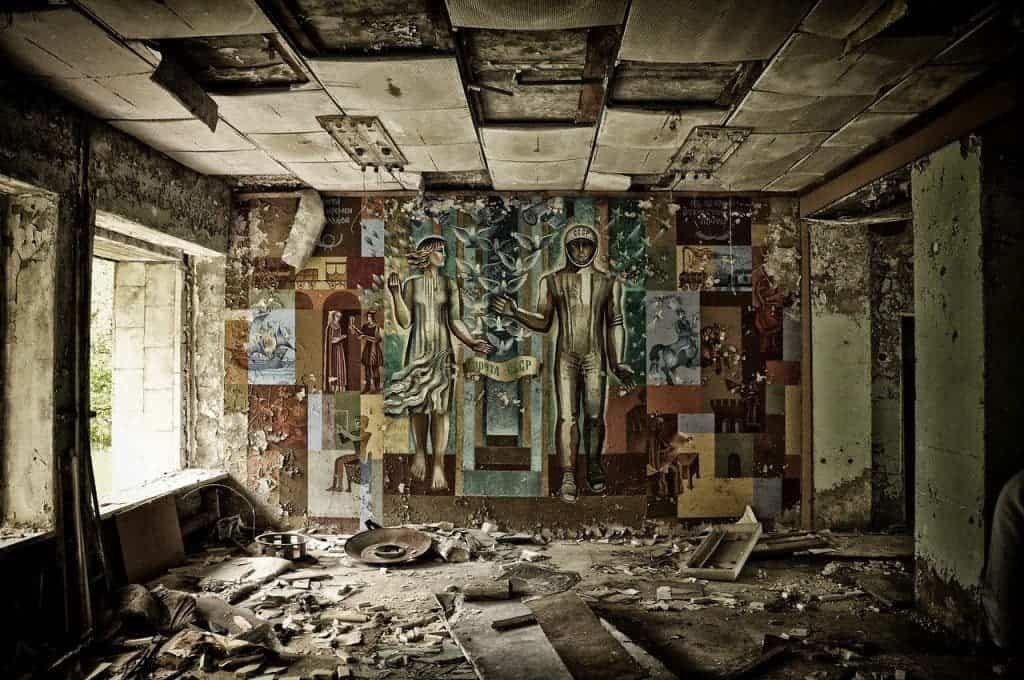
Ultimately, Chernobyl looms as a warning of what can happen when risky design meets human error. Despite being one of the safest forms of energy nowadays, nuclear energy is still regarded with skepticism, in part due to Chernobyl.
As for Pripyat and the exclusion area, it has become a sort of haven for wildlife. The negative impact that radiation has on the ecosystem seems to be counterbalanced by the lack of humans in the area. In other words, as bad as nuclear fallout is, it’s not as bad for nature as human activity. It’s a saddening realization, on top of an already desolate chapter in human history.
